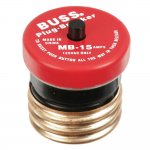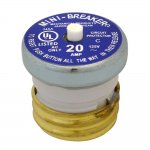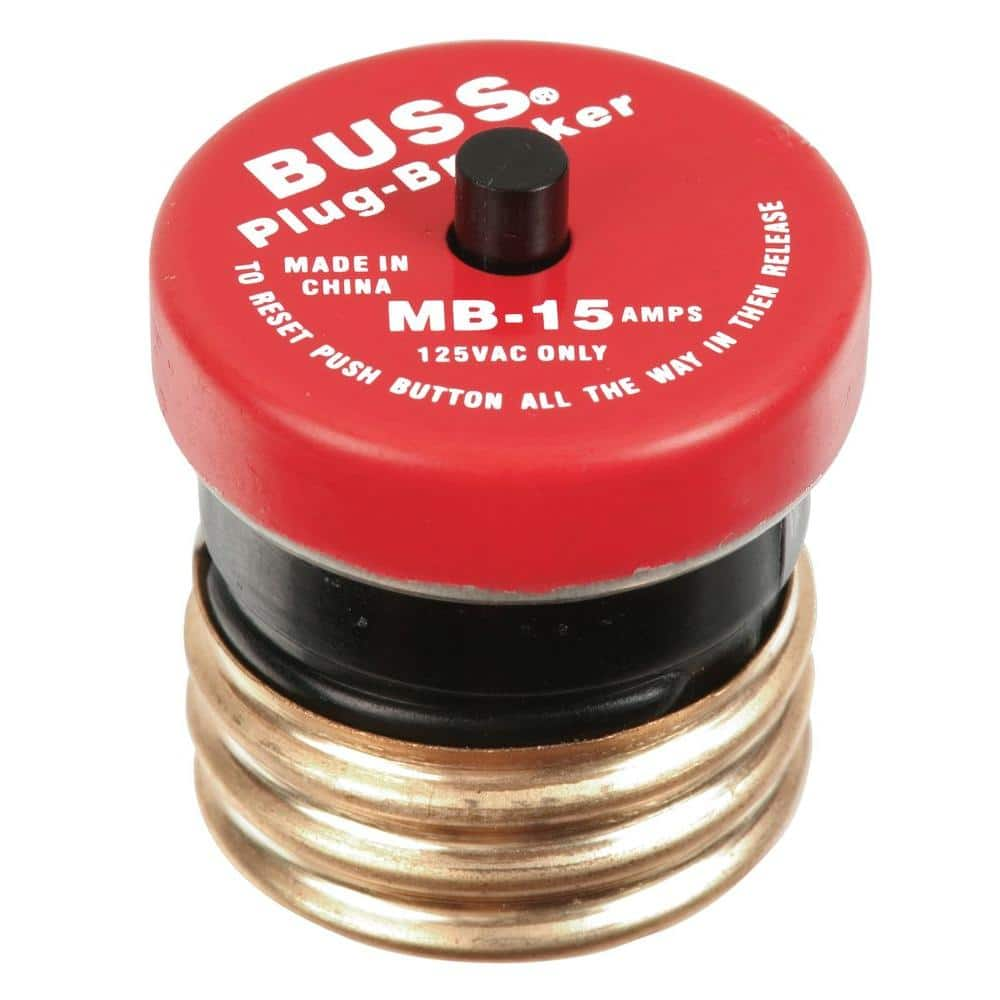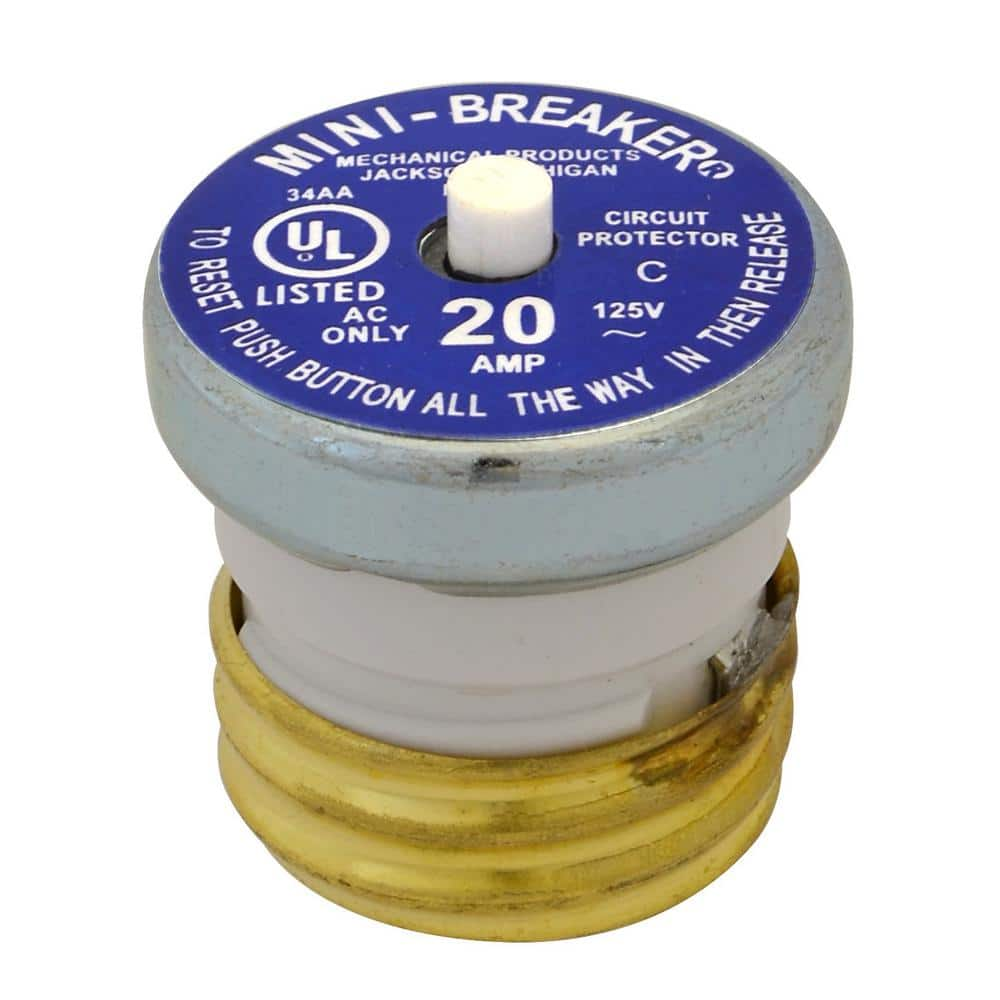LarryFine
Master Electrician Electric Contractor Richmond VA
- Location
- Henrico County, VA
- Occupation
- Electrical Contractor
Understood.If there were a 5A or 10A breaker, it likely would have the same physical construction as a 15A breaker, with just a different trip calibration. Usually, the DIN rail breakers that would exist in 5A or 10A sizes, are built in sizes up to 30A, and all breakers in any given family, are 90% the same with just the trip mechanism being different.
Only if the house was 600 square feet or less. 210.11(B) requires that you install the number of 15 or 20 amp branch circuits based on the general lighting and receptacle load at 3 va per square foot.Except for SABCs, bathroom receptacles, laundry and some other dedicated circuits, you could put the entire rest of the house on one 15A circuit if you wanted.
-Hal
right thereWhere do you see that? This is from the 2023.
(B) Load Evenly Proportioned Among Branch Circuits. Where
the load is calculated on the basis of volt-amperes per square
meter or per square foot, the wiring system up to and including
the branch-circuit panelboard(s) shall be provided to serve not
less than the calculated load. This load shall be evenly proportioned
among multioutlet branch circuits within the panelboard(s).
Branch-circuit over current devices and circuits shall
be required to be installed only to serve the connected load.
-Hal
I think what he's saying is that you need one circuit for up to 600 square feet of floor area. If you have more than 600 square feet you'll need more than one circuit.But where does it say I can't have only one? Certainly would be evenly proportioned.
-Hal
Primary side OCPD are not intended to protect the transformer, although they might. Their real purpose is to remove a faulted transformer before it causes issues with the premises wiring.My moms old house still has a gravity feed natural gas heater that the 15 amp circuit breaker only feeds a maybe 50 VA 120 to 24 volt transformer that draws less then 0.5 amps and would rather have a 3 amp circuit breaker protecting it.
Never made sense why they never made single pole circuit breakers to match size of Edison base screw in fuses.




Load demand and designed withhold can be 2 different things. Newer code is recognizing a 10A load and breaker but still requires no smaller than 14G wiring.The device should be designed so that the 15 amp OCPD does protect it.
210.11(A)But where does it say I can't have only one? Certainly would be evenly proportioned.
New math?Ok. I calculated that one 15A circuit is sufficient to supply the general purpose receptacle and lighting loads of a 1200 sq ft house.
A nit, but the device has to take into account that the BCPD protecting it will be 15A or 20A, since 20A branch circuits may have NEMA 5-15 receptacles on them.So given that fact, when someone goes to get their NRTL (UL, ETL, CSA) listing of a DEVICE that is small enough to be used on a 15A branch circuit, the listing of that device has to take into account that the BCPD protecting it will be 15A.
Is that a multi-wire branch circuit?Ok. I calculated that one 15A circuit is sufficient to supply the general purpose receptacle and lighting loads of a 1200 sq ft house.
(A) Number of Branch Circuits. The minimum number of
branch circuits shall be determined from the total calculated
load and the size or rating of the circuits used. In all installations,
me number of circuits shall be sufficient to supply the
load served. In no case shall the load on any circuit exceed the
maximum specified by 220.1 .
-Hal
